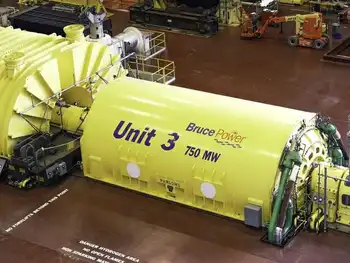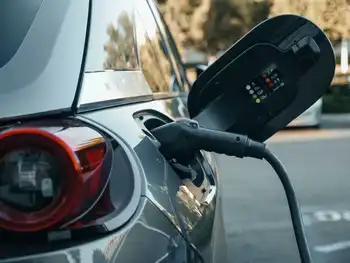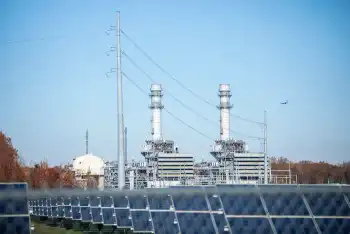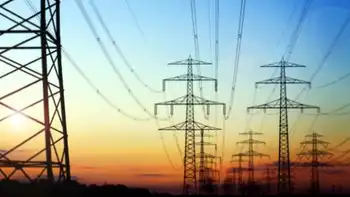Composite Technology inks turbine deal in Canada
The D9 turbine is the advanced version of the D8.2 synchronous power turbine, which incorporates a 90 meter rotor for greater energy capture.
The contract is valued in excess of $23 million with scheduled delivery of the turbines set for late 2009. The contract provides for delivery of ten nacelles and blade sets. Energy Farming Ontario, a part of the Seeba-Energy Farming Group, will design 105m Seeba-lattice type towers to boost economics further.
Energy Farming Ontario will deploy the turbines in Ontario, Canada, and has several large scale wind development projects underway. This is the first of several phases to be built out in Canada.
"We are very pleased to be selected by Energy Farming Ontario for this site. This region is very attractive for wind power and we believe our larger rotor turbine will be an excellent generator for the conditions in Ontario. The 90 meter rotor D9 turbine is in development at DeWind and will be ready for serial production in the second half of 2009. The D9 incorporates and optimizes all of the features of the groundbreaking D8.2 80 meter rotor turbine," commented Marv Sepe, President of DeWind and Chief Operating Officer of CTC.
"Typical inland sites require two things: a large 90m rotor such as the Dewind D9, and secondly a tall Seeba-tower to harvest the winds. We have 10 years of experience with our lattice type Seeba-towers, and we will now design one for the Dewind D9 wind turbine," comments Thomas Tschiesche, President of the Seeba-Energy Farming Group.
Related News

Bruce Power cranking out more electricity after upgrade
OWEN SOUND - Bruce Power’s Unit 3 nuclear reactor will squeeze out an extra 22 megawatts of electricity, thanks to upgrades during its recent planned outage.
Similar gains are anticipated at its three sister reactors at Bruce A generating station, which presents the opportunity for the biggest gains, due to a design difference over Bruce B’s four reactors, Bruce Power spokesman John Peevers said.
Bruce A reactor efficiency gains stem mainly from the fact Bruce A’s non-nuclear side, including turbines and the generator, was sized at 88 per cent of the nuclear capacity, Peevers said.
This allowed 12 per cent of the energy,…





